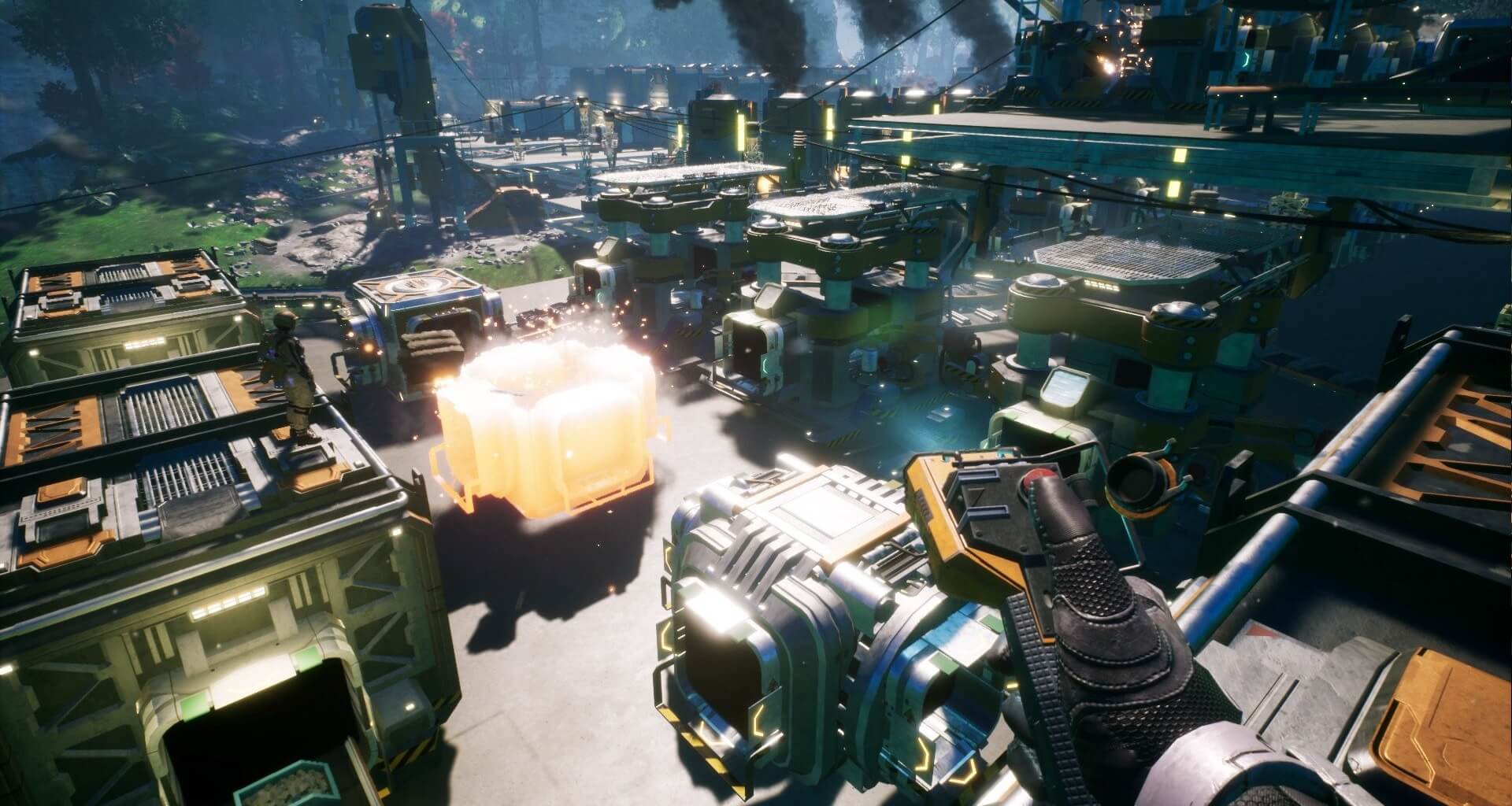Curious if you have a specific example of this?
One of our goals for Trials Rising (for which I was the lead designer) was to increase the approachability of the game without making it any less relevant/enjoyable for hardcore players.
There was a number of things that we wanted to tackle, from tutorials to structure, but one of the big ones was to increase casual competition between friends in the middle of track leaderboards - we have noticed that those people rarely replay the maps, and competition happened mostly on the top more hardcore level - in the first top ~500-1000 of every track, while there were literally hundreds of thousands players more in each leaderboard.
We have identified what we saw as a blocker for more casual competition - the way leaderboard scores work. Trials has time and faults amount, and historically (how it happened in each Trials game for a decade prior), each leaderboard would first sort you by faults, and then within each fault number it would sort by time. This meant that for example if both players complete a track in 5 minutes, but one player has 1 fault and the other 2 - the difference between them on leaderboards can be literally tens of thousands of players, and that can look daunting on a mid/low-level.
So we decided to redo the system a bit in Trials Rising. We know that at the top leaderboard spaces everything that matters is to get as fast as possible to the finish with 0 faults. So to keep that aspect intact while ALSO making casual competition something more enticing, we made it so that all names in a track leaderboard are sorted by TIME, while each fault adds a time penalty (in the end after a bunch of testing we stopped at +5 seconds).
When Trials fans have learned about this, they were FURIOUS. They were saying how this would make it possible for people to cheese maps by failing at checkpoints to save time in certain spots (we tested beforehand, we knew it wasn't), they were saying how the top would suddenly be filled with imperfect rides because you can sacrifice a fault to get faster (we knew that it wouldn't), and a bunch of other criticisms that all essentially said 'you're ruining Trials'.
There were actually a bunch of people in the team who were like 'maybe we should change the scoring back' but I and some others pushed against that to stick to our guns. But. BUT. A lot of people in the community who were complaining the loudest about this change were who called themselves Ninja players - among the hardcore Trials community there's a smaller community of people who in Track Editor make EXCEPTIONALLY difficult tracks that require a LOT of particular skill and precision and timing, and because of how technical those tracks can be, what that part of community really values in competition is actually not time, but faults - for them somebody completing a track in 15 minutes with 0 faults IS indeed much better than someone completing the track in 5 minute with 1 fault. Due to the nature of Ninja tracks it wasn't as much about going as fast as possible, but about being as technically efficient as possible and people would sometimes spend a very long time preparing for the next jump. It was a totally different style of play in comparison to what we were doing for the usual Trials maps (for which we have adapted the new scoring system).
And mind you, none of them actually said that it will ruin Ninja map competition, but we saw that a lot of those very loudly complaining players were from the Ninja part of the community and realised that, yes, for Ninja maps this scoring literally doesn't make sense - it's not how those players play. So, what we did was the following - we have introduced a Ninja difficulty level (which also validated that part of the community), and returned the old system back for that difficulty level specifically, while all other difficulties that we use for 'normal' tracks kept the new scoring system.
Mind you, this actually DIDN'T stop people from proceeding to consistently complain about the new scoring system on forums and reddit for quite a while, BUT:
1. A 5 second penalty in Trials is a LOT, so just like in previous games, we saw that the top 500-1000 spots competition of leaderboards on each track was still based on the fastest 0-fault play, so the new system literally did NOT change anything there (as we expected) - and after about a year of the game's release, people would start coming around and saying that 'yeah you know this is actually fine and makes sense' (because at that point leaderboards would be more or less stable and everyone would see that indeed only the 0-fault people are on top competitive levels anyway - there's nobody at #1 spot with 1-2 faults - it's literally impossible)
2. What it did change from the get go is how competition works on a more mid-level, and we did notice an increase of less hardcore players replaying the tracks to increase their scores/compete with friends in the middle of the leaderboards - so the purpose of why we were making the new system worked.
3. And everybody from the Ninja community used the Ninja difficulty level and loved it.
So this is the case if we would just listen to our players and not implement the new scoring system we would fix/improve nothing, but by actually taking time to understand who the players complaining the loudest were we could pinpoint the exact nature of the problem.



